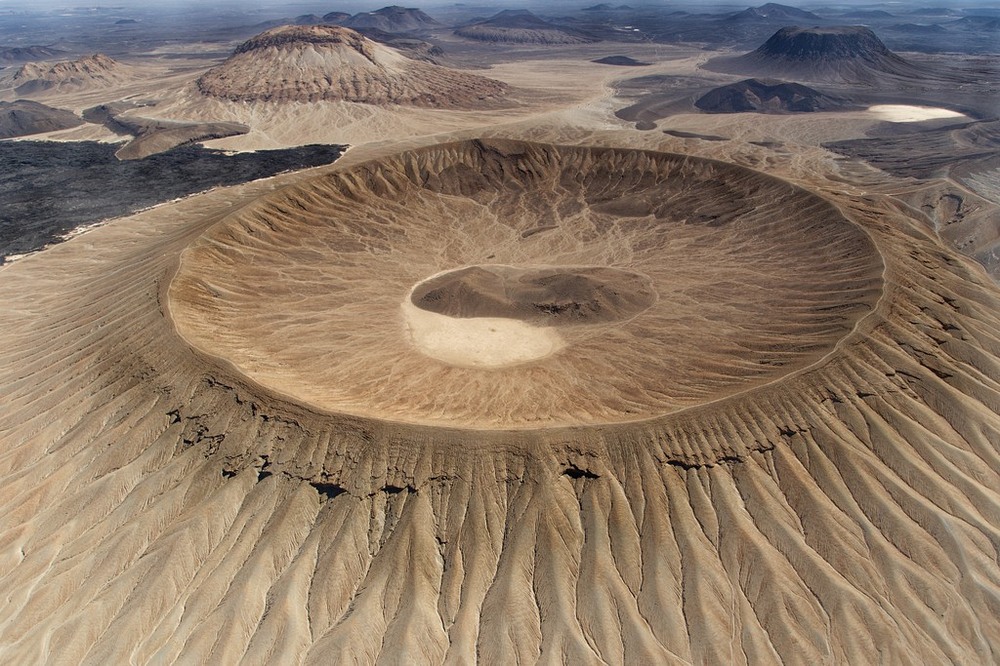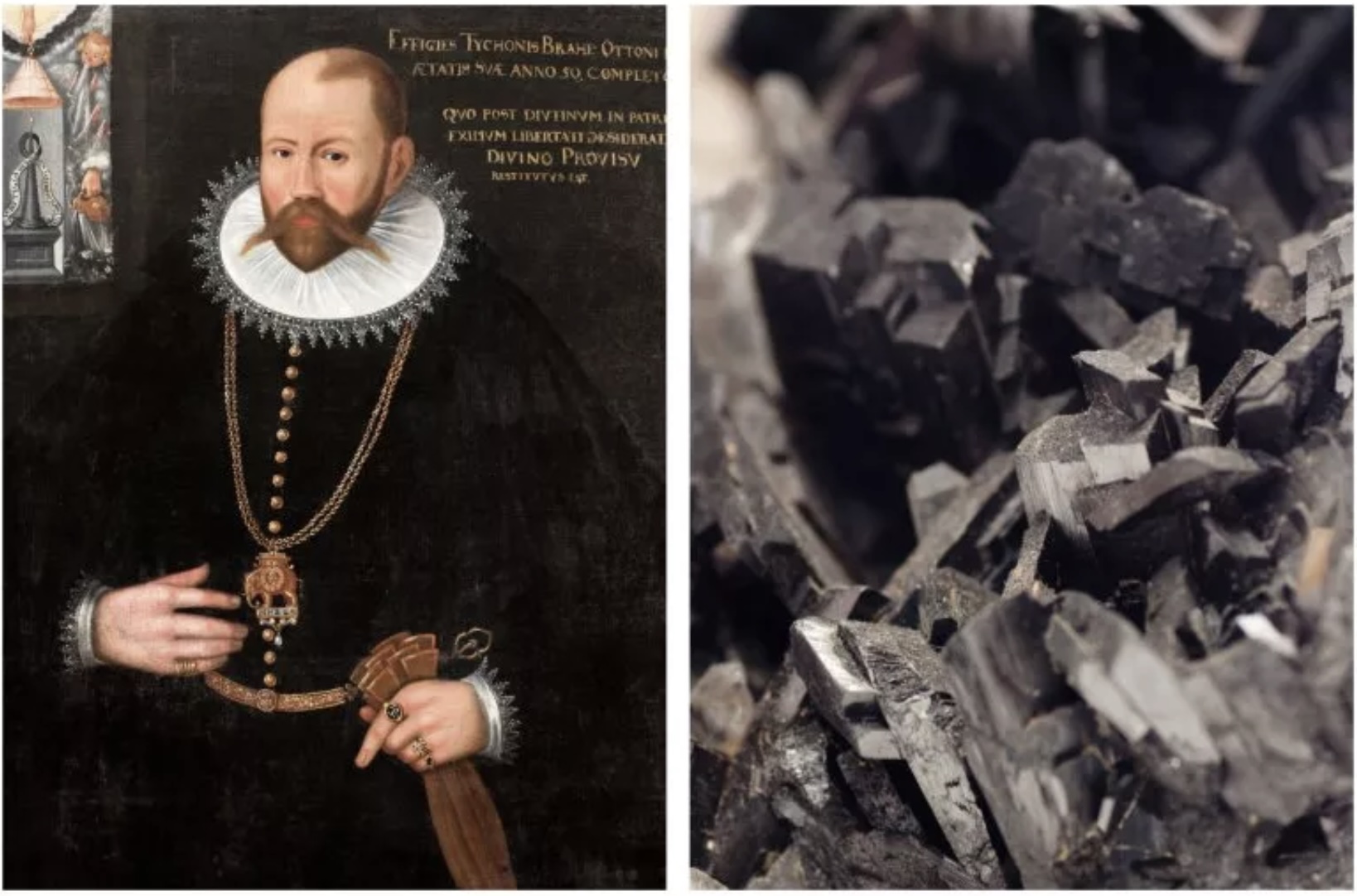Deep beneath the arid plains of northwestern Saudi Arabia, a team of archaeologists has stumbled upon a remarkable discovery. After five years of meticulously combing through the region's subterranean network, they have unearthed the first evidence of human habitation within a lava tube cave system. This groundbreaking find sheds new light on the lives of past inhabitants and unlocks a hidden chapter in the history of the Arabian Peninsula.
The stage for this discovery is the vast Harrat Khaybar lava field, a volcanic landscape dotted with numerous caves and fissures. Roughly 125 kilometers north of the bustling city of Madinah, the Umm Jirsan lava tube emerges as a natural wonder. Formed millions of years ago by molten lava that cooled and solidified over time, this colossal underground passage snakes its way for an impressive 1.5 kilometers. At its most expansive points, the Umm Jirsan boasts a height of 12 meters and a width of 45 meters, creating a cathedral-like atmosphere within the Earth's embrace.
The archaeological team's persistence paid off in 2019 when their exploration efforts within the Umm Jirsan yielded the first signs of human presence. This discovery rewrites our understanding of how ancient populations utilized these unique geological formations. The harsh environment of the Arabian Peninsula likely made these subterranean havens invaluable for shelter, resource storage, and potentially even spiritual significance.
Unearthing the Past: A Treasure Trove in a Hidden Cave
Deep within a recently excavated cave lies a captivating story of a bygone era. Archaeologists have unearthed a treasure trove of artifacts and evidence, shedding light on the lives of people who inhabited the region thousands of years ago.
A Glimpse into Early Inhabitants: The most striking finds include human remains dating back 7,000 to 10,000 years. These skeletal fragments offer a tangible connection to these ancient individuals, allowing researchers to piece together their way of life.
Technological Expertise: Scattered amongst the remains were finely crafted tools made from green obsidian, a volcanic glass prized for its sharpness. The presence of these artifacts speaks to the technological prowess of the inhabitants and their ability to utilize the resources available to them.
A Window into Their World: Perhaps the most captivating discovery is the first-ever documented rock art in the area. Vivid depictions adorn the cave walls, showcasing scenes of herding cattle, sheep, and goats, alongside hunting expeditions involving dogs. The artistic style echoes similar works found in other parts of the Arabian Peninsula, suggesting potential cultural connections across the region. These paintings transcend mere decoration, offering a window into the daily lives, social structures, and artistic expression of these ancient people.
A Changing Diet: Beyond the artistic legacy, the team employed a scientific approach to understand the inhabitants' diet. By analyzing the carbon and nitrogen isotopes present in the human remains, they were able to reconstruct dietary patterns over time. The findings reveal a fascinating shift – from a diet initially high in protein to one incorporating more fruits and cereals. This dietary change might coincide with the arrival of oasis agriculture, a practice that would have introduced the cultivation of dates, figs, and other plants, permanently altering the food landscape of the region.
The excavation of this cave serves as a powerful reminder of the human spirit's enduring presence throughout history. It paints a vivid picture of a community that thrived, adapted, and left behind a legacy etched not only in bones and tools but also in the very walls of their dwelling place.












0 Comments